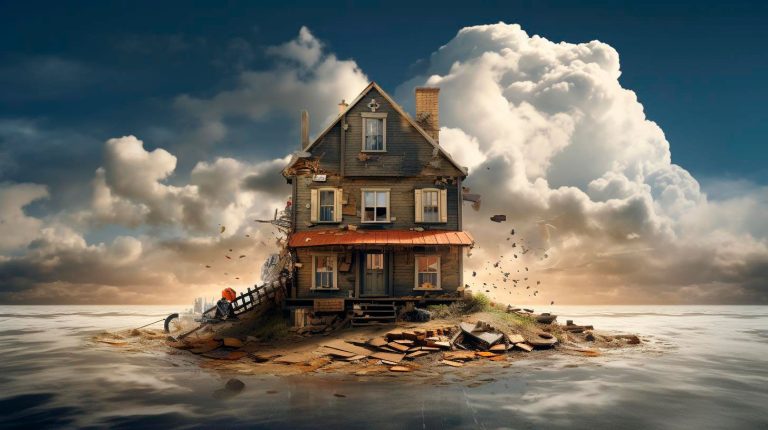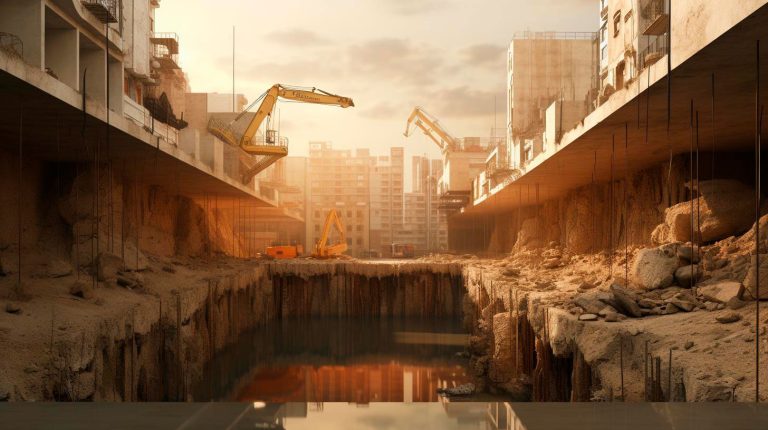Through the lens, photographers are granted an up-close and personal glimpse into the lives of wildlife, allowing us to connect with nature on a deeper level. In this blog article, we will explore the world of wildlife portraits, its significance, and the techniques employed by photographers to create captivating and meaningful images.
The Significance of Wildlife Portraits
From majestic lions roaming the African savannah to delicate butterflies perched on a vibrant flower, wildlife portraits capture the beauty of these creatures in astonishing detail. These photographs serve a variety of purposes, each significant in their own right:
- Education: Wildlife portraits provide an opportunity for individuals to learn about different species. By highlighting various physical features, behaviors, and habitats, viewers gain a deeper understanding and appreciation for the animal kingdom.
- Conservation: Through visual storytelling, wildlife portraits generate awareness and empathy for endangered species. When viewers connect emotionally with these animals, they are more likely to support conservation efforts.
- Aesthetics: Wildlife portraits are not only informative but visually striking as well. They make for compelling artwork, enhancing the beauty of any space and serving as a constant reminder of the wonders of nature.
Techniques for Capturing Wildlife Portraits
To capture breathtaking wildlife portraits, photographers employ various techniques to ensure they produce compelling and intimate images. Here are a few key techniques often utilized:
Patience and Persistence
Photographing wildlife requires an immense amount of patience and persistence. Animals often have their own schedules and may not be readily available for the perfect shot. Professional wildlife photographers spend countless hours in the field, waiting for the right moment to capture their subject’s true essence.
Understanding Animal Behavior
A thorough understanding of animal behavior is crucial for wildlife photography. By studying an animal’s habits, photographers can predict and anticipate their movements, allowing them to be in the right place at the right time. This knowledge enables them to capture striking portraits that reveal the animal’s personality.
Composition and Lighting
Composition and lighting play a significant role in wildlife portraits. Composing the image with aesthetically pleasing elements, such as the rule of thirds, can create a visually appealing and balanced photograph. Additionally, understanding and utilizing natural light to highlight the subject can add depth and dimension to the image.
Key Takeaways
- Wildlife portraits are not only beautiful but serve important educational and conservation purposes.
- Photographers employ patience, persistence, and a deep understanding of animal behavior to capture intimate wildlife portraits.
- Composition and lighting are crucial elements in creating stunning wildlife photographs.
- By connecting emotionally with wildlife portraits, viewers develop a greater appreciation for the animal kingdom and are more likely to support conservation efforts.
In conclusion, wildlife portraits allow us to encounter the natural world through a new lens. Through these artful images, we gain insight into the lives of animals and develop a richer understanding of the intricate beauty that surrounds us. By delving into the techniques and significance of wildlife portraits, we can appreciate the efforts of photographers who bring us closer to these incredible creatures. So next time you come across a wildlife portrait, remember the impact it can have – inspiring us to protect and cherish the captivating biodiversity of our planet.
















+ There are no comments
Add yours